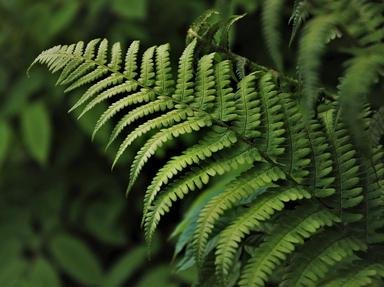
It's Not Easy Bein' Green Trivia Quiz
See if you can match these typical plant characteristics with the plant division in which they are seen most frequently. While there are exceptions, each word is primarily associated with only one of the divisions. Good luck!
A classification quiz
by BigTriviaDawg.
Estimated time: 3 mins.
- Home
- »
- Quizzes
- »
- Science Trivia
- »
- Botany